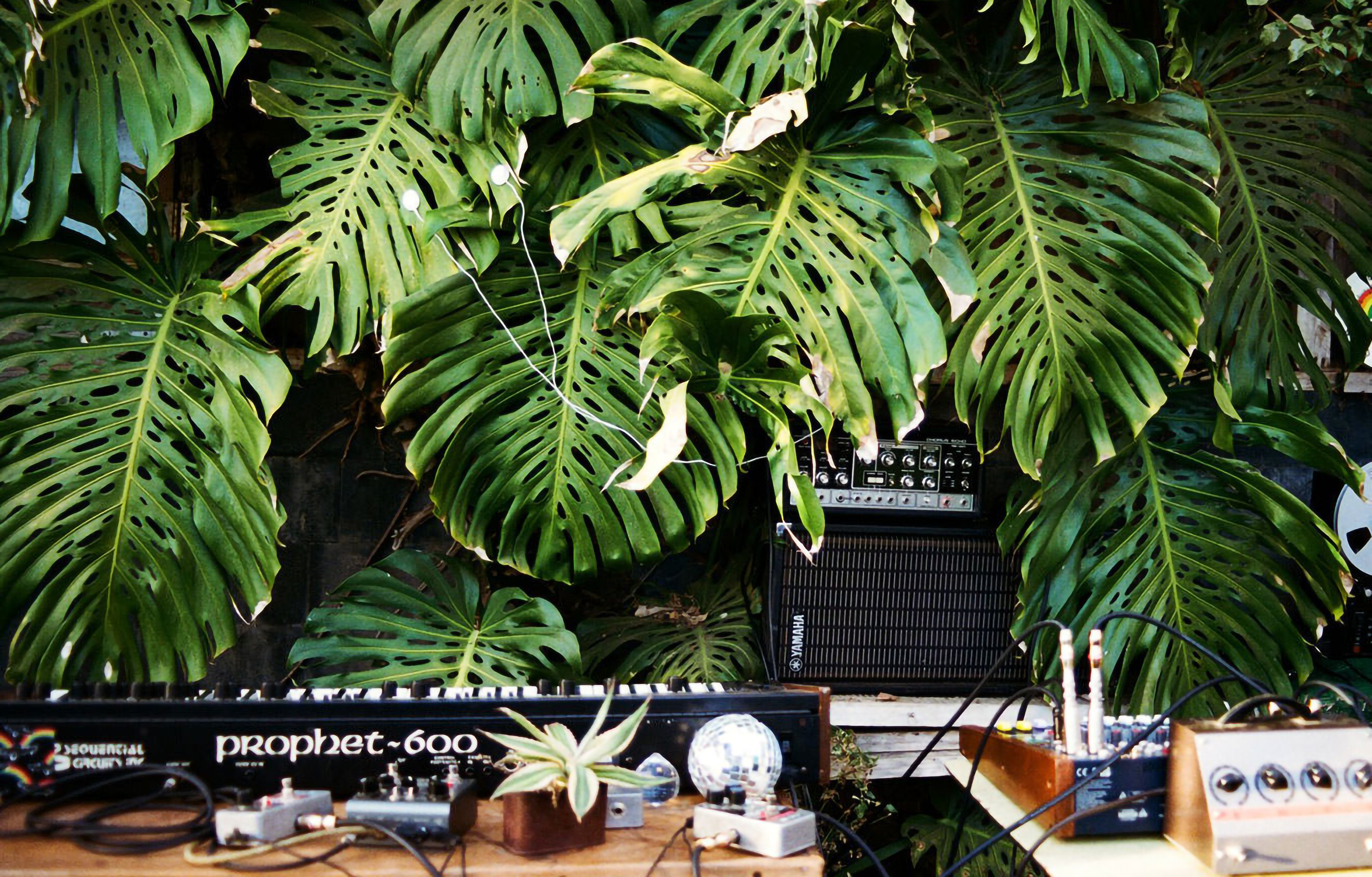Musicians have stumbled upon an unconventional and intriguing creative partner: plants. Yes, that's right, plants. Through the use of advanced sensors and software, scientists have managed to capture and convert the subtle vibrations coming from plants into audible frequencies. How? By using electrodes - conductors which measure tiny fluctuations in the electrical currents between different areas of the plant. That data can then be used as a component for music making. For example, by translating the recorded frequencies into notes within a certain key.
This fascinating process essentially transforms the biological activities of plants into music, offering a distinctive mode of artistic expression that unveils the hidden life of plants. While plants don't necessarily play instruments, with the help of specific technology humans are able to make them sound like flutes, trumpets, or violins.
Bioacoustic software does allow people to look at other life forms and appreciate their aliveness in a different way
Nonetheless, bioacoustic software is helping to foster an awareness of plants as living organisms. This technology is, through a creative medium, showing us that plants are sentient entities capable of making their own decisions and responding to their surroundings. "It [bioacoustic software] does allow people, and it has allowed me, to look at other life forms and appreciate their aliveness in a different way" Jon Shapiro, product development manager of Data Garden stated in an interview with NPR.
The active response of plants to their environment, often likened to their "singing," manifests in diverse forms. For instance, when plants experience stress, they emit gasses. Even fundamental processes like water uptake and photosynthesis involve cellular-level movements. These biological activities can produce ultrasonic vibrations and can be replicated through sound. This means that the music of plants may change and vary depending on their environmental condition.
The environmental conditions are not the only variables affecting the (quality of) the sound of plants. Much like people, not all plants have a musical gift... Some are too small or delicate to measure, and others too big - a large tree might only bring about a few notes. So, it must come to no surprise that a trendy houseplant - which is commonly found adorning the living rooms of minimalist and ambient DJs anyway - is an ideal candidate for employing bioacoustic software. Even then, the sound may differ between species but also within the same species and even within a single plant, depending on how and where the electrodes are placed.
While it can be argued that plant music is largely human generated and technology aided, this growing trend prompts us to look at the natural world in a different light. Emerging bioacoustic software invites us to reassess our connection with plants, seeing them not just as inert decorations or resources, nor as co-composers for that matter. Rather, as living organisms that possess their own distinctive means of expression and communication.

Share your thoughts and join the technology debate!
Be the first to comment